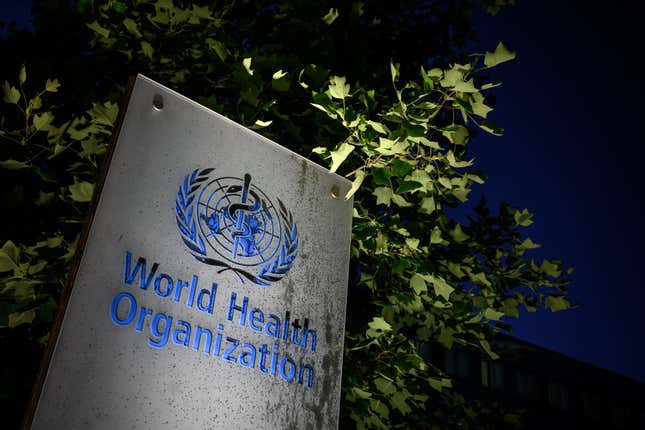
It took over a hundred scientists from around the world two years to finally get on the same pageregarding the best language to use when talking about airborne and respiratory viruses.
The World Health Organization said on Thursday that these viruses, which include COVID-19, influenza, measles, Middle East respiratory syndrome (MERS), and tuberculosis, will now be called “pathogens that transmit through the air.”
Why the update?
The international health agency said in a report that it consulted hundreds of experts in various scientific fields from 2021 to 2023 following a lack of common language used in the response to the COVID-19 pandemic.
“During the pandemic, the terms ‘airborne’, ‘airborne transmission’, ‘droplets’ and ‘aerosols’ were used in different ways, by different stakeholders, which contributed to confusion in communicating how this pathogen was transmitted in human populations,” the report said.
These discrepancies resulted in very real consequences.
For example, the WHO did not immediately recommend the use of masks early in the pandemic. In a social media post from March 2020, the organization said “FACT: #COVID19 is NOT airborne. The #coronavirus is mainly transmitted through droplets generated when an infected person coughs, sneezes or speaks.”
In the new report, the WHO now discourages the differentiation between aerosols, smaller infectious respiratory particles, and larger droplets.
The WHO says these particles “exist on a continuous spectrum of sizes, and no single cut off points should be applied to distinguish smaller from larger particles.”
What’s in a disease name?
The terminology experts use for diseases, especially names, can have wide-ranging implications.
So much so that the WHO in 2015 issued a best practices guidance for naming new diseases.
“The use of names such as ‘swine flu’ and ‘Middle East Respiratory Syndrome’ has had unintended negative impacts by stigmatizing certain communities or economic sectors,” said then-WHO Assistant Director-General for Health Security Dr Keiji Fukuda.
He added that disease names have previously sparked backlashes against certain religious and ethnic communities
In the guidance, the WHO recommended that geographic locations, people’s names, animals, and food should not be used to name a disease. Instead, new names should use more generic and descriptive terms based on symptoms, causes, and pathogens.